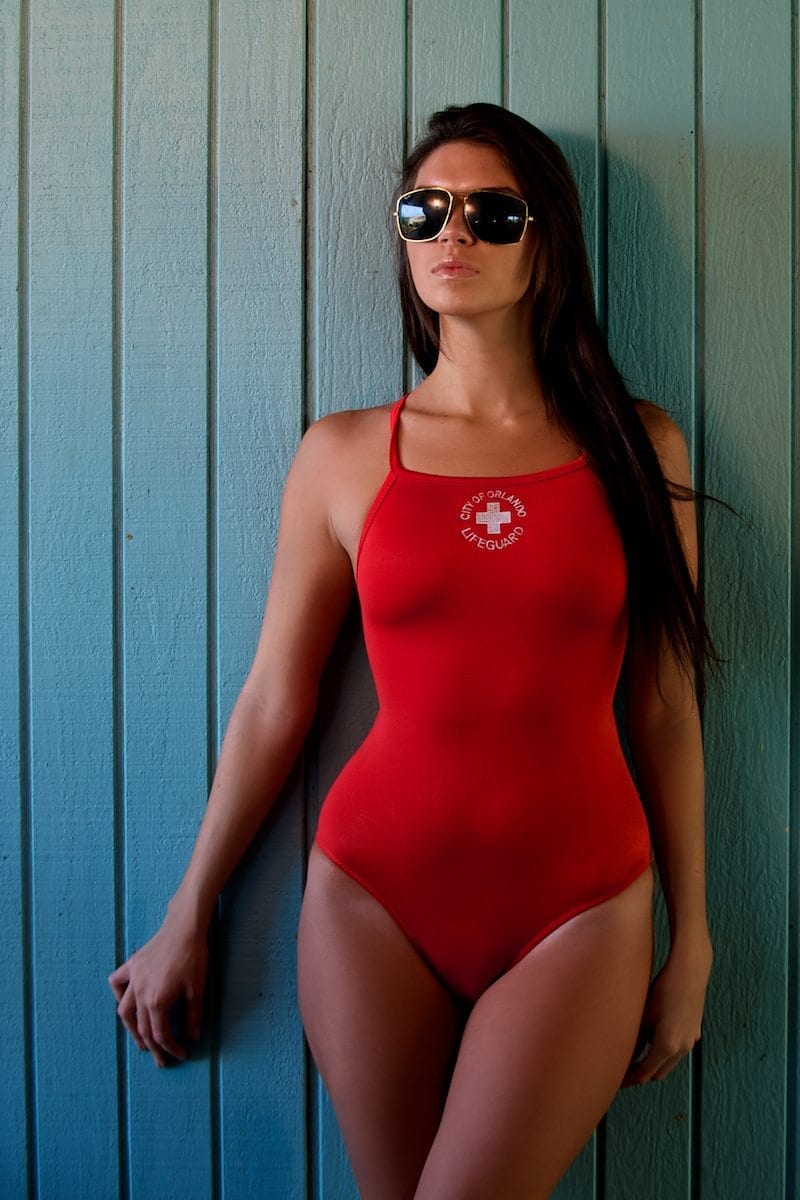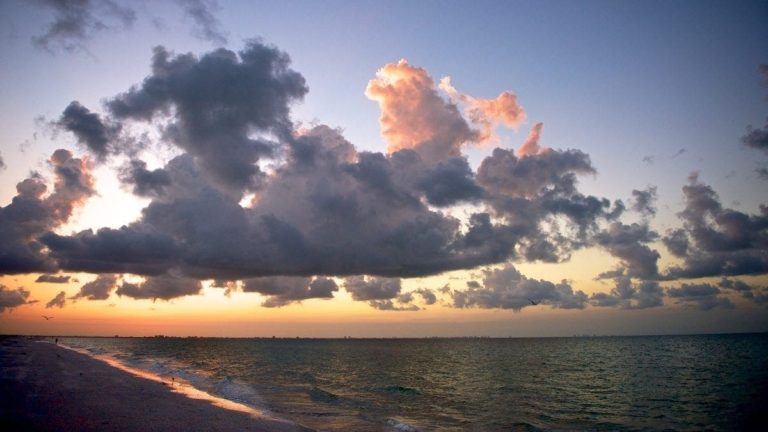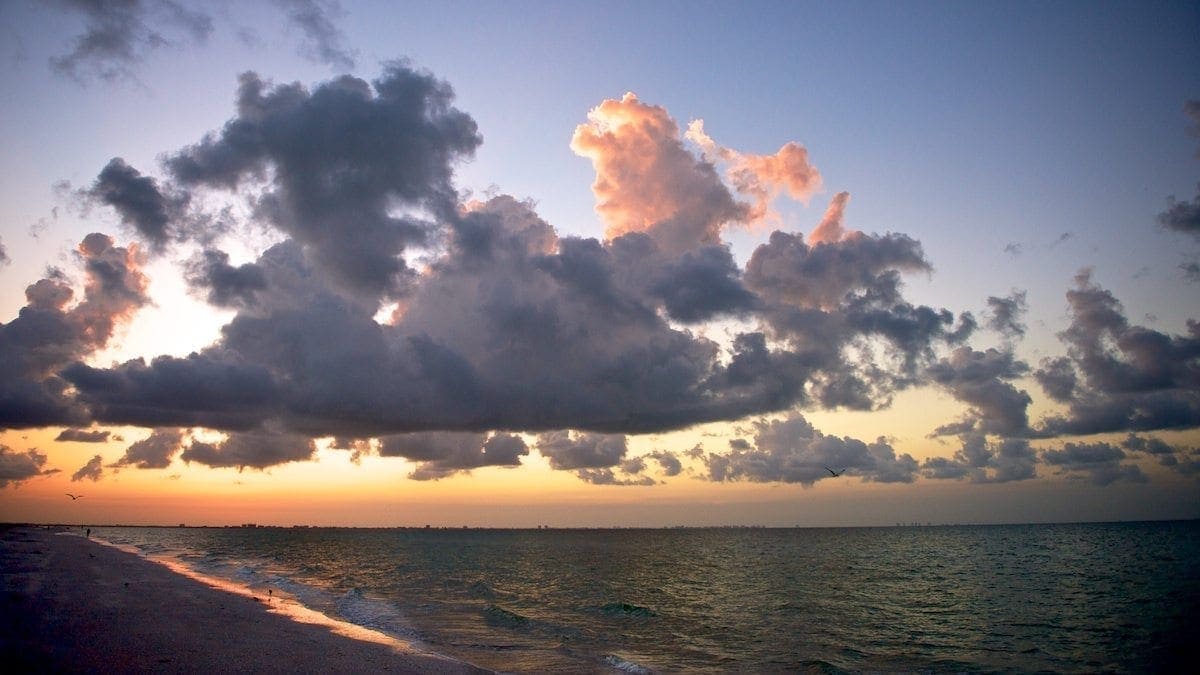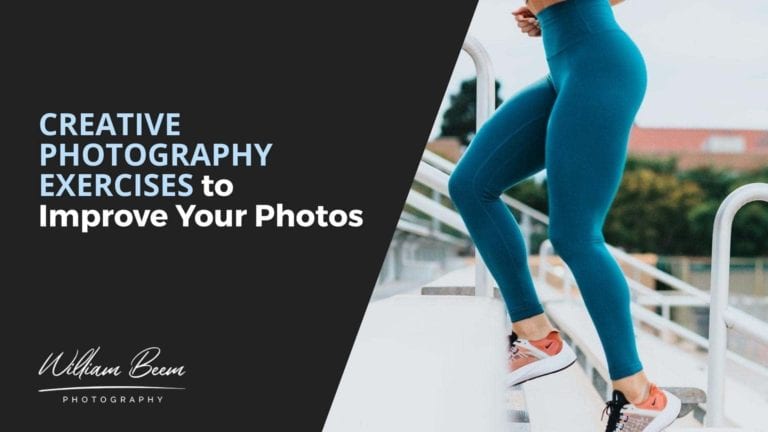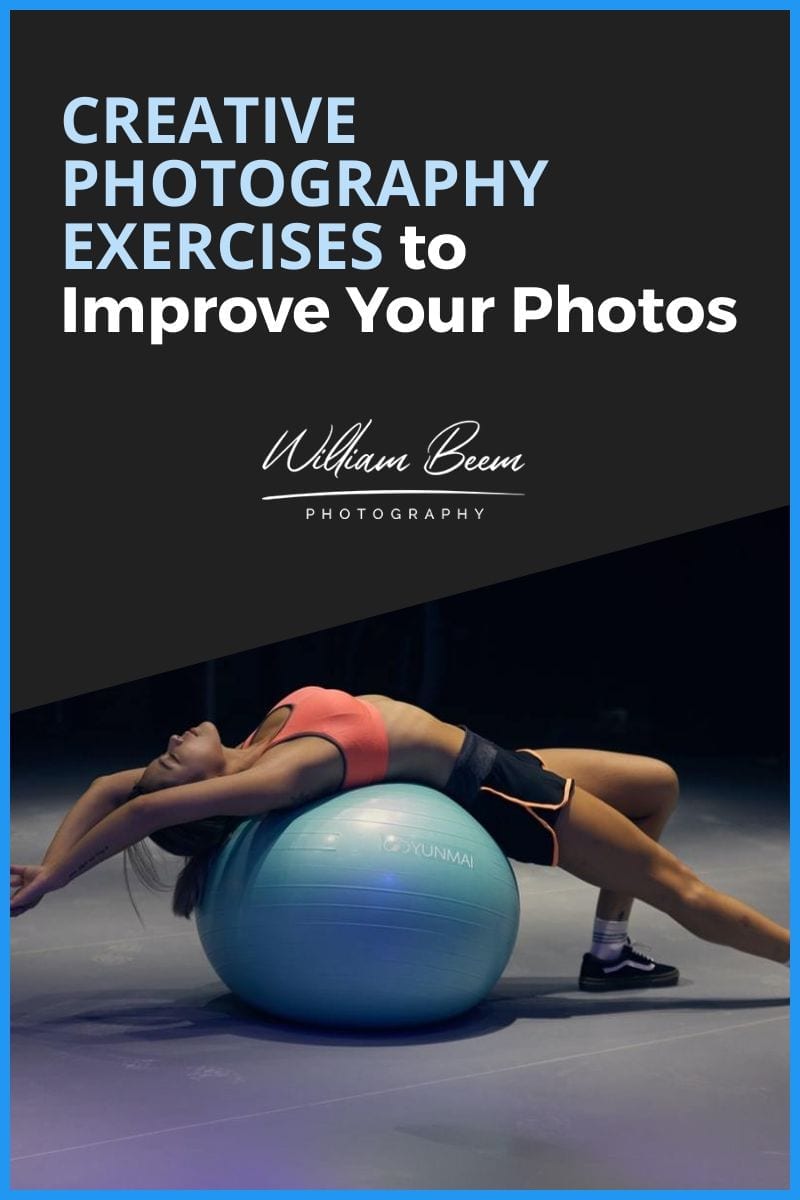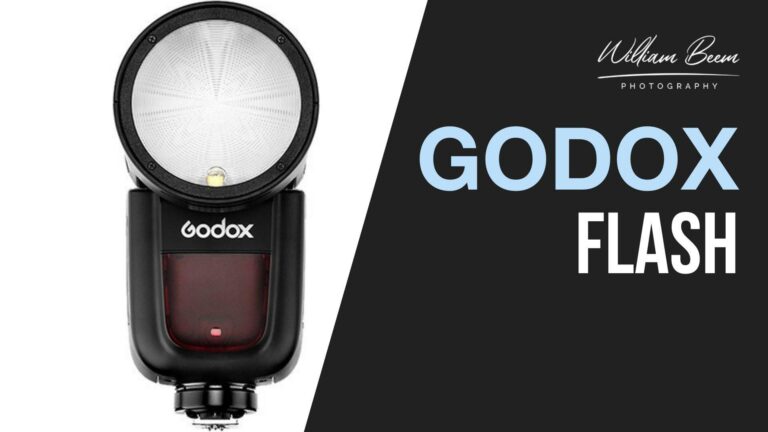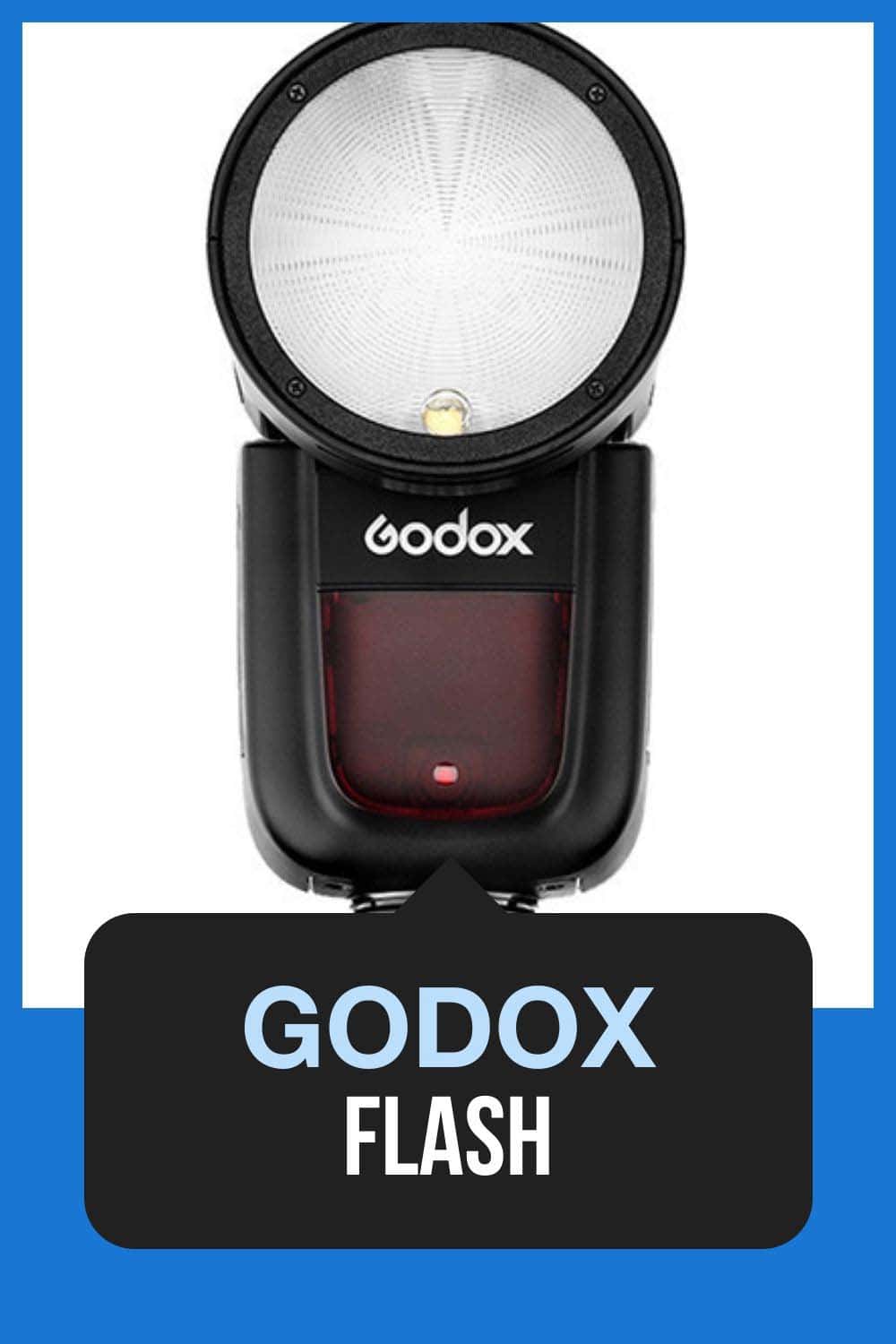Affiliate Disclosure: We earn a commission if you purchase through one of our links at no additional cost to you.
I think umbrella lighting gets a bad rap these days. When should you reach back to the basics and use an umbrella for your portraits?
Don’t misunderstand me. I love my softboxes. Strip lights, big octa boxes and grids are fun toys to use. It’s an interesting mental exercise to craft your lighting and there are plenty of tools to help. That’s where umbrellas get some disrespect. People call them “light grenades” because they just throw the light everywhere without any shape. Umbrellas spill light all over your scene.
Or do they?
If you look in the model’s sunglasses, you can clearly see the reflection of an umbrella as my light source. It’s providing soft light on her face. No harsh shadows under her nose. It’s also giving a nice fall-off on the rest of her body, rather than lighting up everything at the same intensity.
Using Umbrella Lighting
I shot this with a Lastolite Brolly Grip and Tri Fold Umbrella. It’s quick, light and easy to hold in one hand while shooting with the other. My own method probably looks a bit awkward, but it works when you don’t want to lug around a stand or if you don’t have an assistant to help.
Why isn’t the light going all over the place? The flash power is relatively low. That’s necessary when I have a light source close to a subject, or else I’d blow out the highlights all over her face. Light falloff takes care of the rest. Remember, you lose two stops of light every time you double the distance of your light source.
I shot this at F/4 and -1 EV on my camera. Lowering the EV value helped me reduce the ambient light in the scene. It didn’t take much flash power to fill in the light on her face at a close distance. Holding the light above her, aiming down, the light naturally fell off as it got farther from its source.
Here’s the thing to keep in mind. The umbrella really is a light grenade. It can’t contain the light in a specific direction. However, light will still naturally fall off as it travels away from its source. So you have a choice.
It’s really just a matter of using portrait lighting patterns to take advantage of the falloff.
Run and Gun with Umbrella Lighting
Using this small umbrella on a brolly grip makes my lighting setup very small and easy to carry. That’s particularly useful when you’re moving from one spot to another. I’ve tried this using soft boxes mounted on a monopod.
Honestly, that setup is much more difficult to use on the go. Soft boxes are larger, heavier and more awkward to use in the same scenario. By using umbrella lighting, I can run and gun for about $60 and still get a good quality of light.
This particular size seems to work best for half-body or 3/4 body shots. You could bring a larger umbrella, but you start to increase the awkwardness of handling it by yourself as you go with larger sources. The beauty of this setup is its ease of use.

